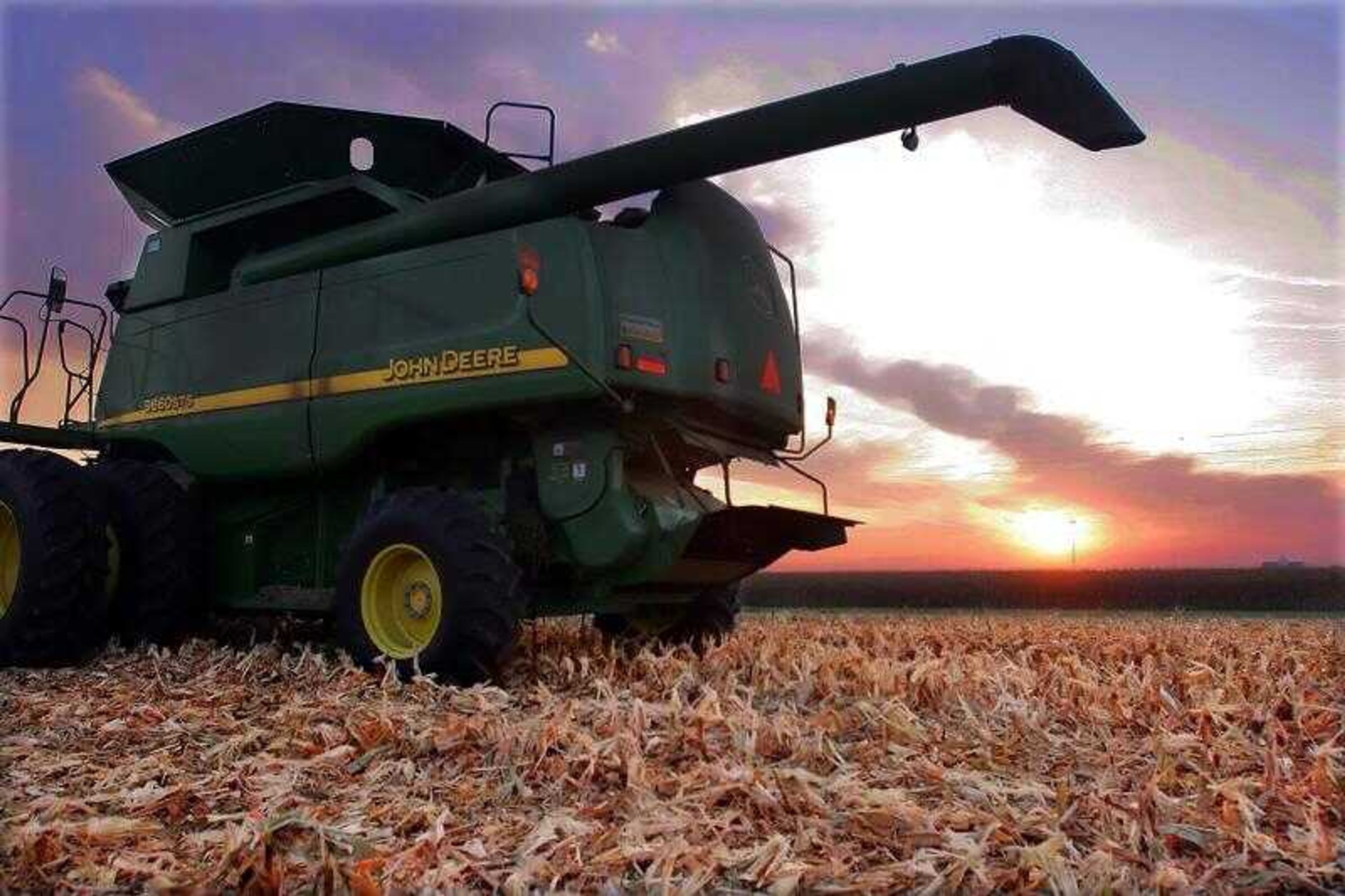Boom in ethanol industry fuels divide between farmers, ranchers
SALT LAKE CITY -- From corn fields to Wall Street, enthusiasm for ethanol is at an all-time high. But not everyone is enthusiastic. Demand for the corn-based fuel is driving up the cost of feed corn, making it more expensive to feed cows, chickens and pigs...
SALT LAKE CITY -- From corn fields to Wall Street, enthusiasm for ethanol is at an all-time high. But not everyone is enthusiastic.
Demand for the corn-based fuel is driving up the cost of feed corn, making it more expensive to feed cows, chickens and pigs.
"It's hard to see where the future is, if corn keeps going up," said Kerby Barker, a cattle rancher in southwestern Wyoming. "Anytime you jack up the price of fuel, anytime you jack up the price of corn, it just drives up our bottom line."
Long-term, it could drive up the cost of food, which is alarming to meat producers and food companies.
Like many ranchers, Barker questions the 51-cent-a-gallon tax credit created by Congress to encourage growth of the ethanol industry.
"The feeling in our area is that all the subsidies going to support ethanol production is really hurting livestock production," Barker said.
A potential split is in evidence this week during the annual meeting of the American Farm Bureau Federation this week in Salt Lake City. Farm Bureau is the country's largest general-interest agriculture group.
Its members still are trying to understand the consequences of the nation's rapid expansion of ethanol.
"We have a bull on the loose here, and it's going to have a lot of implications for American agriculture and our population," Keith Collins, the Agriculture Department's chief economist, told Farm Bureau members Sunday morning.
Enough plants are under construction or being expanded to more than double the nation's ethanol production, from around 5 billion gallons now to 11 billion gallons, according to industry estimates.
Production will probably keep expanding even if prices rise higher, Collins said. Prices have climbed above $3 a bushel, the highest level in more than a decade. Strong returns mean plants could cover costs even above $4 or $5 a bushel, depending on prices for ethanol byproducts, he said.
The ethanol boom has been good news for grain farmers and rural communities, where new plants are opening at a breakneck pace. While big agribusiness companies such as Archer Daniels Midland Co. and Cargill Inc. produce the most ethanol, many new plants are farmer-owned cooperatives.
But the boom has put the squeeze on those who produce beef, chicken and pork.
While hog producers are expected to get prices this year that are similar to 2006, around $46 a hundredweight, they still won't break even. For that, prices would need to average $50 a hundredweight, said Ron Plain, an agriculture economist at the University of Missouri.
"The big thing is much, much bigger feed costs, and that will give us red ink, I'm afraid, in 2007 and 2008," Plain said.
High corn prices are affecting the margins for meat producers such as Smithfield Foods Inc. and Tyson Foods, which have seen earnings fall.
Eventually, sustained high corn prices will probably lead to higher grocery bills. If corn prices rise by $1 a bushel, within a couple of years, grocery shoppers should see the price of pork rise 3 percent to 3.5 percent, Collins said.
The demand for ethanol, however, doesn't mean there is less corn for people to eat -- field corn for livestock and fuel is different from sweet corn, the source of fresh corn on the cob and canned or frozen corn.
But food companies say the impact still goes beyond meat and milk. High prices prompt farmers to plant corn in place of other crops, such as wheat, driving up the price of things like wheat flour, said Cal Dooley, who heads the Food Products Association, an industry group.
"We wouldn't have a concern with this if this was strictly the result of market forces, but what is driving a lot of this use of corn for ethanol is a fairly generous subsidy for production of ethanol," Dooley said in an interview.
Not that the food companies he represents want to eliminate the subsidy, Dooley said. Rather, there is interest in tying the subsidy to market forces, raising it when prices are low and lowering it when prices are high, he said.
The question is whether the industry has grown enough to survive without the subsidy, said Collins, the Agriculture Department economist. There have been periods in the past year where ethanol was profitable without the subsidy, and periods when it was not, he said.
"You could argue it's still in a critical period, with a huge amount of production under construction," Collins said.
That is what the industry and its supporters believe. While the subsidy expires in 2010, lawmakers introduced a bill last week that would make it permanent. The lawmakers are Reps. Earl Pomeroy, D-N.D., and Kenny Hulshof, R-Mo.
---
On the Net:
Farm Bureau: http://www.fb.org
Connect with the Southeast Missourian Newsroom:
For corrections to this story or other insights for the editor, click here. To submit a letter to the editor, click here. To learn about the Southeast Missourian’s AI Policy, click here.








